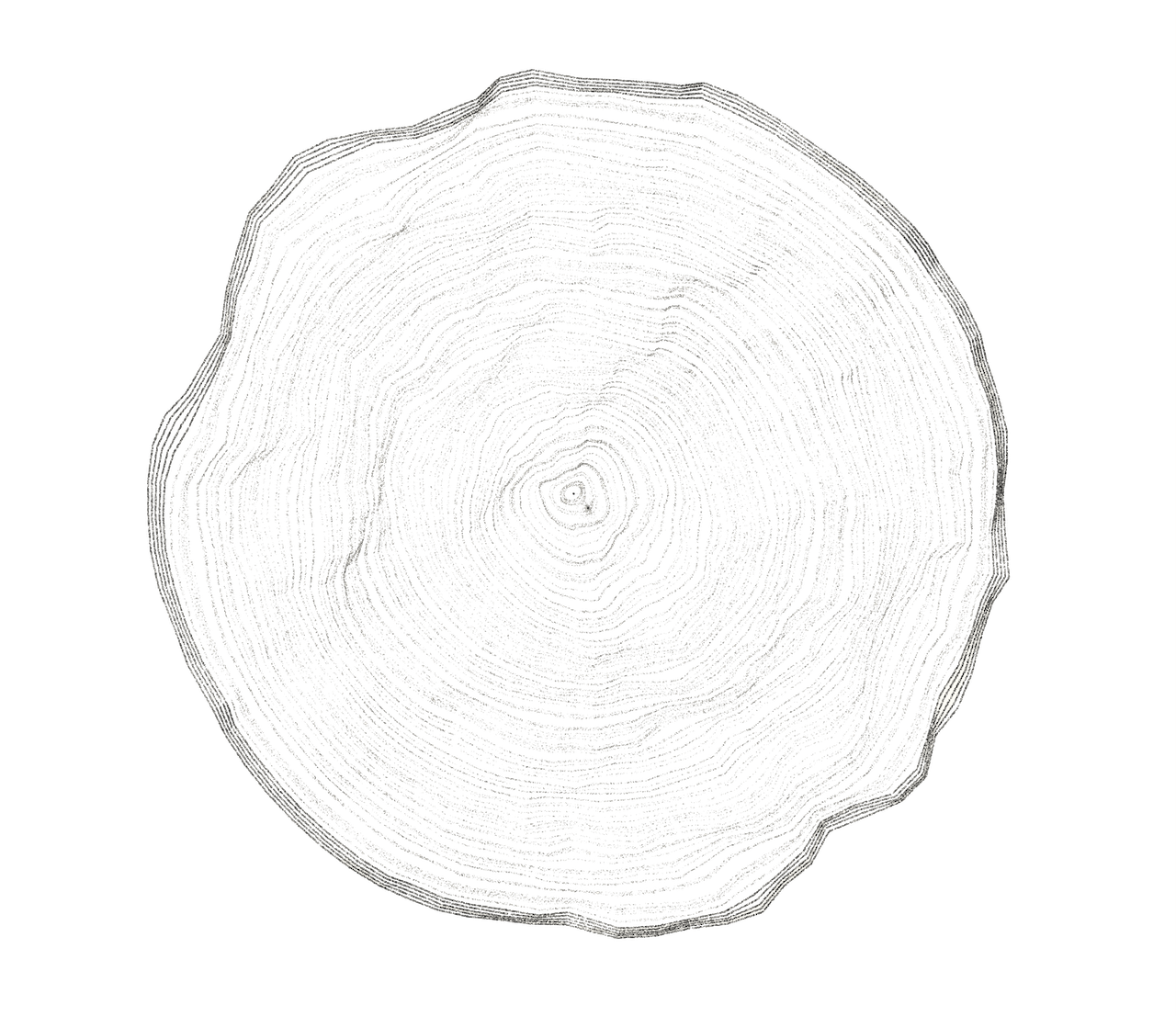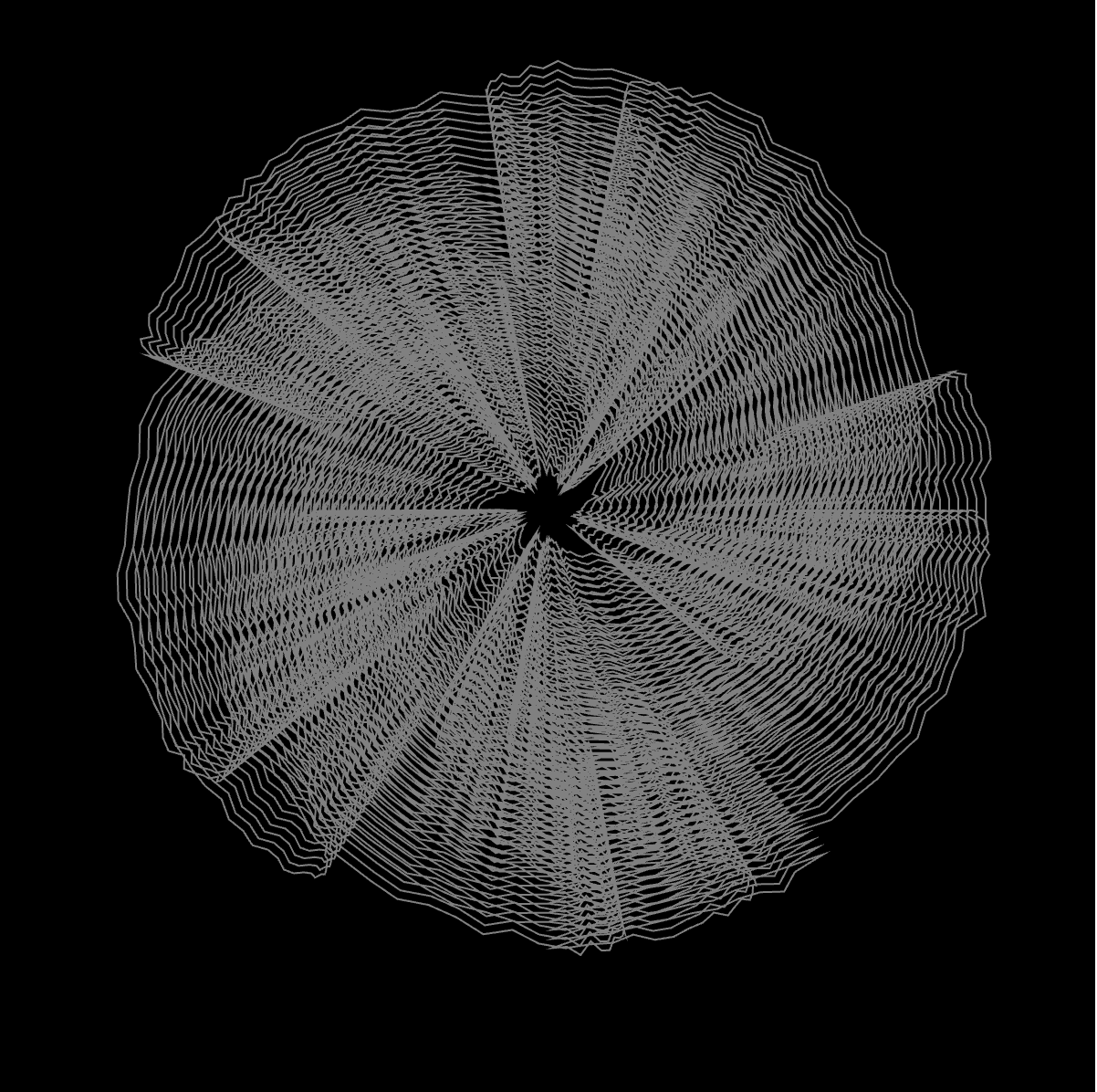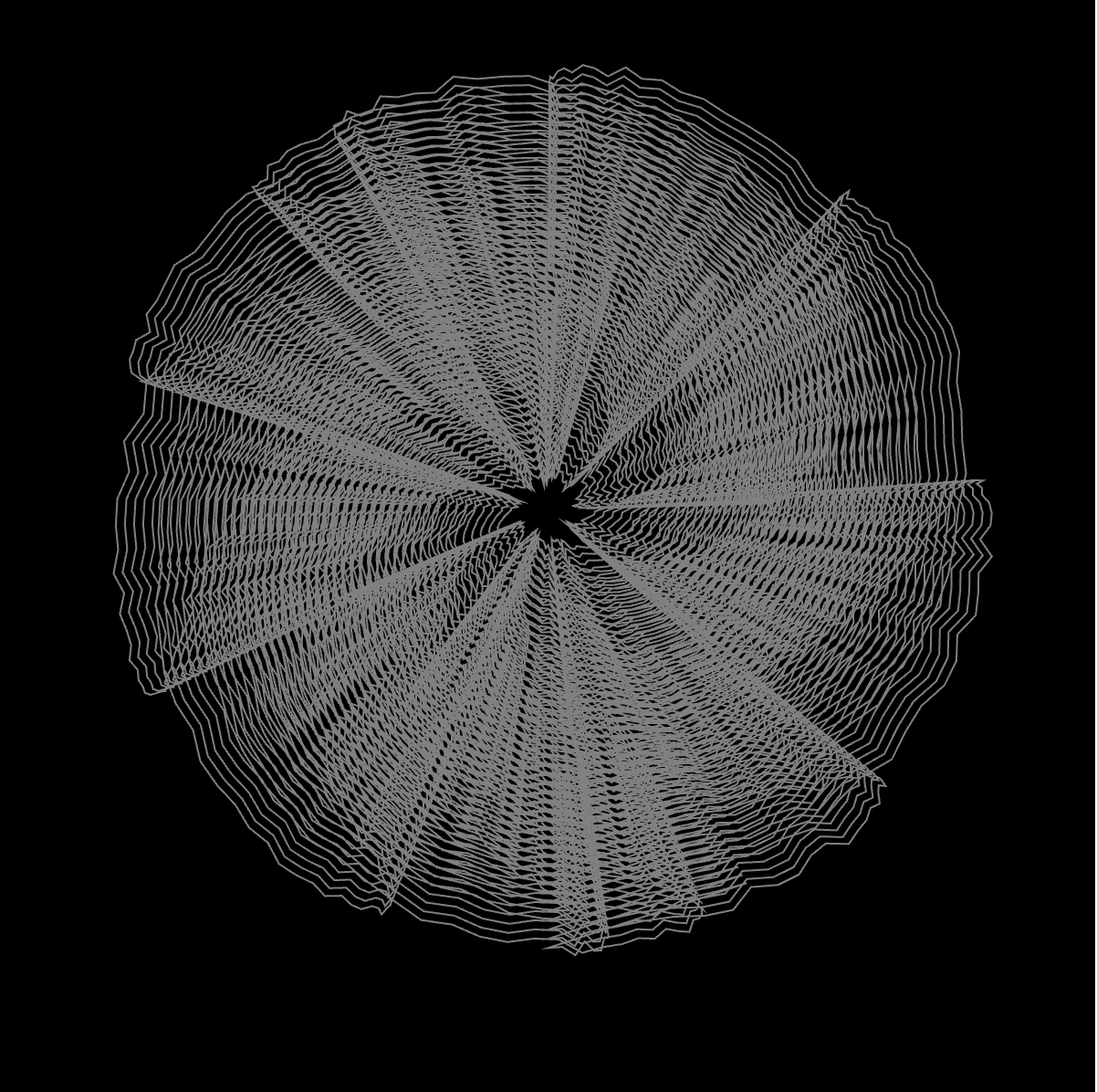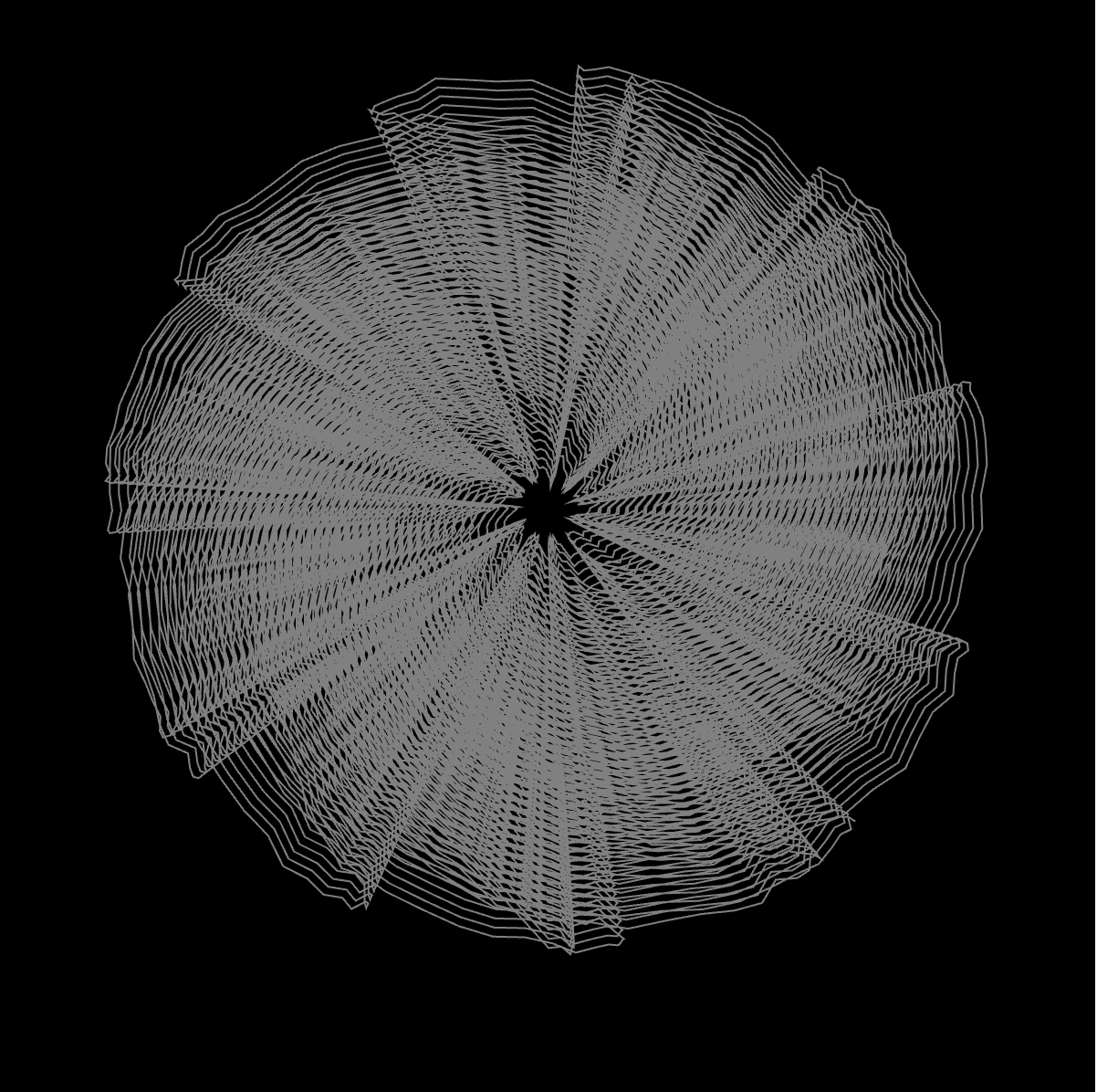Impressions of Healing
In a brief workshop centered on material realities, we looked at the information ingrained within our daily environment. As a subject, we considered the IKEA KALLAX shelving unit and began with a careful examination of the shelf's characteristics. Several pertinent questions emerged: what kind of trees were used in its construction, and where was it sourced from? Which specific forest did it originate from, and what were the natural conditions of the tree's ecosystem? These inquiries led to a deeper reflection on the intricate relationships between materiality, environmental impact, and design practices.
- Creative Coding
- Material
- Speculative

Pine tree — 11,881,080 m3

Birch tree — 3,740,340 m3
A dent on the shelf prompted my focus on the vulnerability of trees. Specifically, the Beech tree's bark, which was used in the shelf's construction, is particularly delicate and prone to scarring. Due to the environmental conditions in which the shelf exists, any dents or damages are irreversible as the wood lacks the ability to self-heal. The dent on the shelf served as a 'portal' for visualising the cyclic and self-healing processes that the wood undergoes in its natural habitat.
The number of rings in these tree barks visualise the proportional volume of trees cut down annually for producing IKEA furniture.

Beech tree — 2,200,200 m3

Visual Explorations






Early visual explorations of the tree data using p5.js
